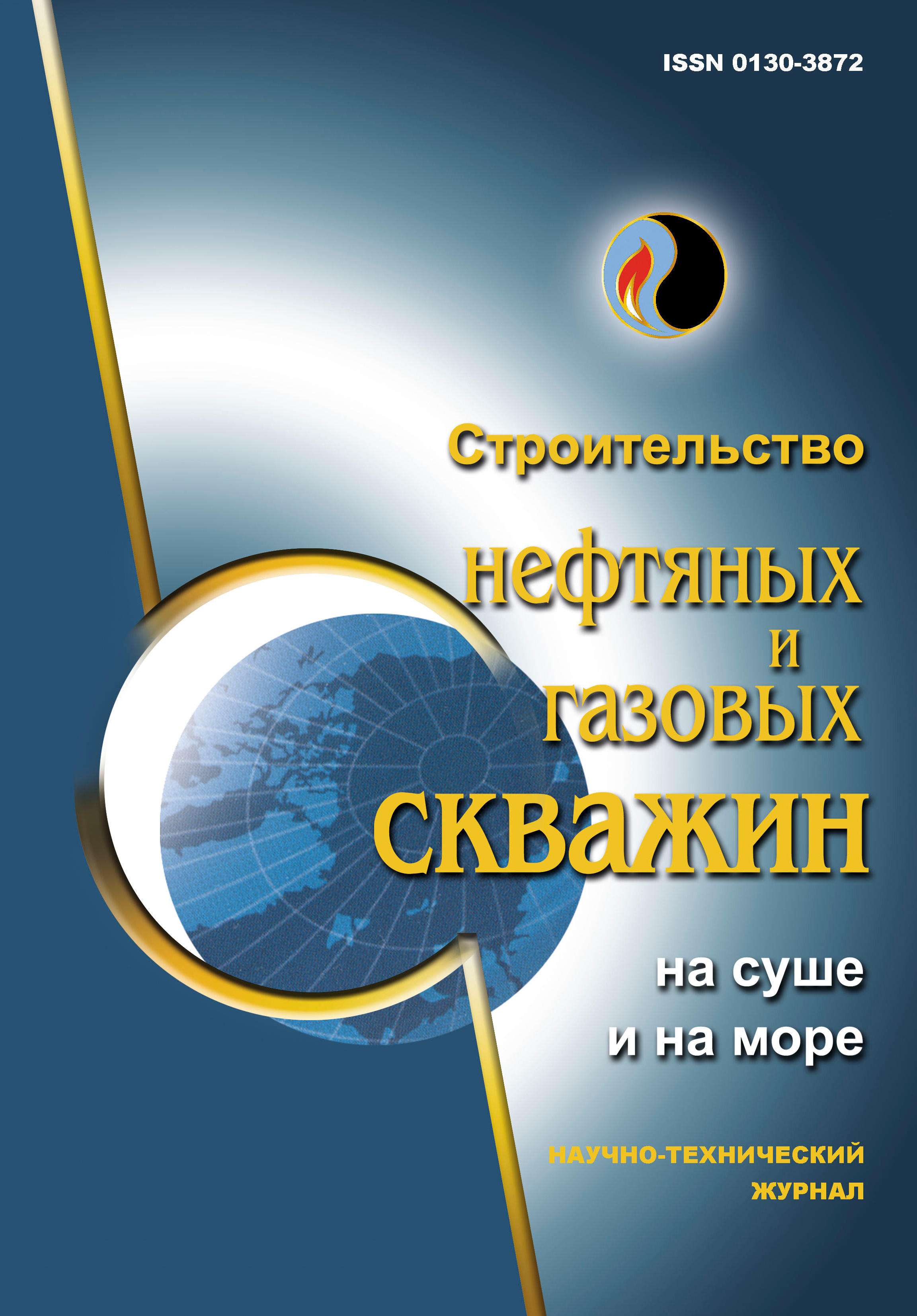About the safety of drilling mud chemistry
UDC: 622.24
DOI: 10.33285/0130-3872-2023-9(369)-55-58
Authors:
BALABA VLADIMIR I. 1
1,
SHALYGIN ROMAN K. 1
1
1 National University of Oil and Gas "Gubkin University", Moscow, Russia
Keywords: drilling chemistry, drilling fluids, organic-chlorine compounds, well development, commercial oil, control of organic-chlorine compounds
Annotation:
Improvement of chemical products for drilling wells goes in two directions - increasing functional efficiency and improving process safety, including through the expansion of the "green" chemistry use of. The technical regulations introduced a ban on the use of chemical reagents containing organic-chlorine compounds (OCC) when manufacturing (producing) and transporting oil as well as established the maximum content of organic chlorides mass fraction in oil. Some consumers of chemical products began to apply the requirements for the content of OCC not only to oilfield and pipeline, but also to drilling chemistry. There exist opposing points of view on this problem in the professional community. Based on the analysis of the processes of well flushing and oil production, the authors of the article proved the fact that dispersion medium and the dispersed phase of the flushing fluid containing OCC, following the requirements for the well development technology, cannot physically get into commercial oil. Therefore, as prescribed by the technical regulations, only chemical reagents used in the manufacture (production) and transportation of oil should be subjected to control for the presence of OCC.
Bibliography:
1. O tekhnicheskom regulirovanii: Feder. zakon ot 27.12.2002 № 184-FZ (red. ot 02.07.2021).
2. TR EAES 041/2017. Tekhnicheskiy reglament Evraziyskogo ekonomicheskogo soyuza "O bezopasnosti khimicheskoy produktsii". – URL: https://docs.cntd.ru/document/456065181
3. TR EAES 045/2017. Tekhnicheskiy reglament Evraziyskogo ekonomicheskogo soyuza "O bezopasnosti nefti, podgotovlennoy k transportirovke i (ili) ispol'zovaniyu". – URL: https://docs.cntd.ru/document/556173489
4. Khutoryanskiy F.M. Khlororganicheskie soedineniya v nefti. Istoriya voprosa i problemy nastoyashchego // Mir nefteproduktov. Vestn. neft. kompaniy. – 2002. – № 3. – S. 6–7.
5. Ustanovlenie prichin obrazovaniya khlororganicheskikh soedineniy v tovarnoy nefti / S.A. Kozlov, D.A. Frolov, E.P. Kuz'mina [i dr.] // Neftepromyslovoe delo. – 2019. – № 5(605). – S. 64–69. – DOI: 10.30713/0207-2351-2019-5(605)-64-69
6. Khlororganicheskie soedineniya v nefti: problemy i resheniya / V.V. Nosov, A.Yu. Presnyakov, A.G. Badamshin [i dr.] // Neft. khoz-vo. – 2021. – № 4. – S. 110–113. – DOI: 10.24887/0028-2448-2021-4-110-113
7. Vliyanie kontsentratsii reagentov, primenyaemykh v neftegazovoy otrasli, na soderzhanie legkoletuchikh khlororganicheskikh soedineniy / A.Yu. Tsar'kov, V.Yu. Rodnova, O.A. Nechaeva, K.I. Babitskaya // Stroitel'stvo neftyanykh i gazovykh skvazhin na sushe i na more. – 2023. – № 6(366). – S. 52–55. – DOI: 10.33285/0130-3872-2023-6(366)-52-55
8. Kontrol' khlororganicheskikh soedineniy (KhOS) v materialakh dlya burovykh rastvorov: ozhidanie i real'nost' / E.A. Zubovich, D.N. Voytenko, V.V. Neshpor [i dr.] // Burenie i neft'. – 2022. – № 12. – S. 22–27.
9. Kriticheskoe vliyanie sposoba probopodgotovki na rezul'taty opredeleniya KhOS v promyslovykh reagentakh / S.G. Gadzhiev, A.P. Losev, Ya.L. Savel'eva [i dr.] // Burenie i neft'. – 2023. – № 4. – S. 52–55.
10. GOST R 52247-2021. Neft'. Metody opredeleniya khlororganicheskikh soedineniy. – Vved. 2022–07–01. – M.: Rossiyskiy in-t standartizatsii, 2023. – III, 35 s.
11. Ob utverzhdenii Pravil ucheta nefti: Postanovlenie Pravitel'stva RF ot 16.05.2014 g. № 451 (s izmeneniyami i dopolneniyami).
12. Nikitin V.I., Nechaeva O.A., Zhivaeva V.V. Programma dlya rascheta ob"ema fil'trata burovogo rastvora, pronikayushchego v plast pri pervichnom vskrytii // Neft. khoz-vo. – 2022. – № 8. – S. 126–128. – DOI: 10.24887/0028-2448-2022-8-126-128

